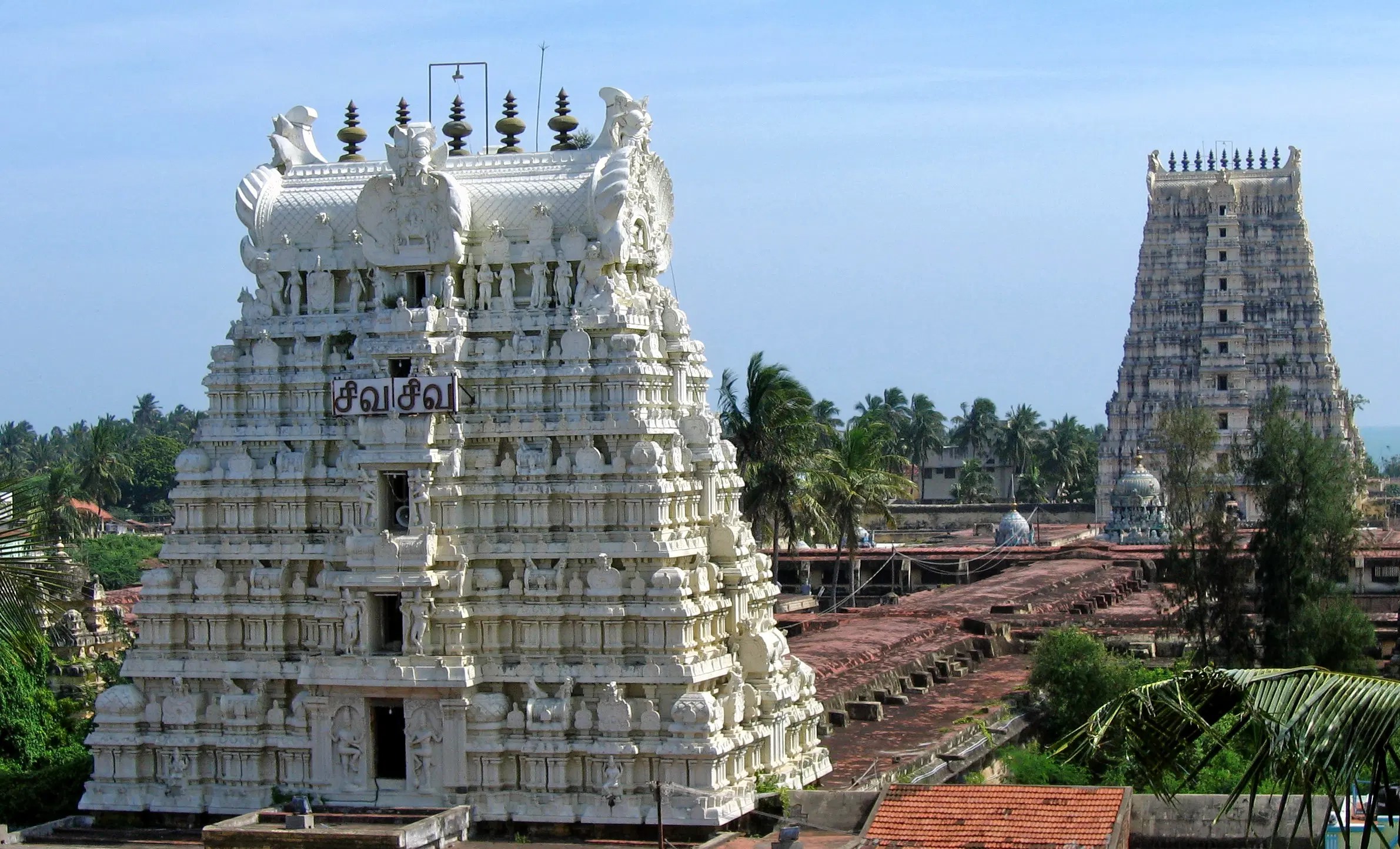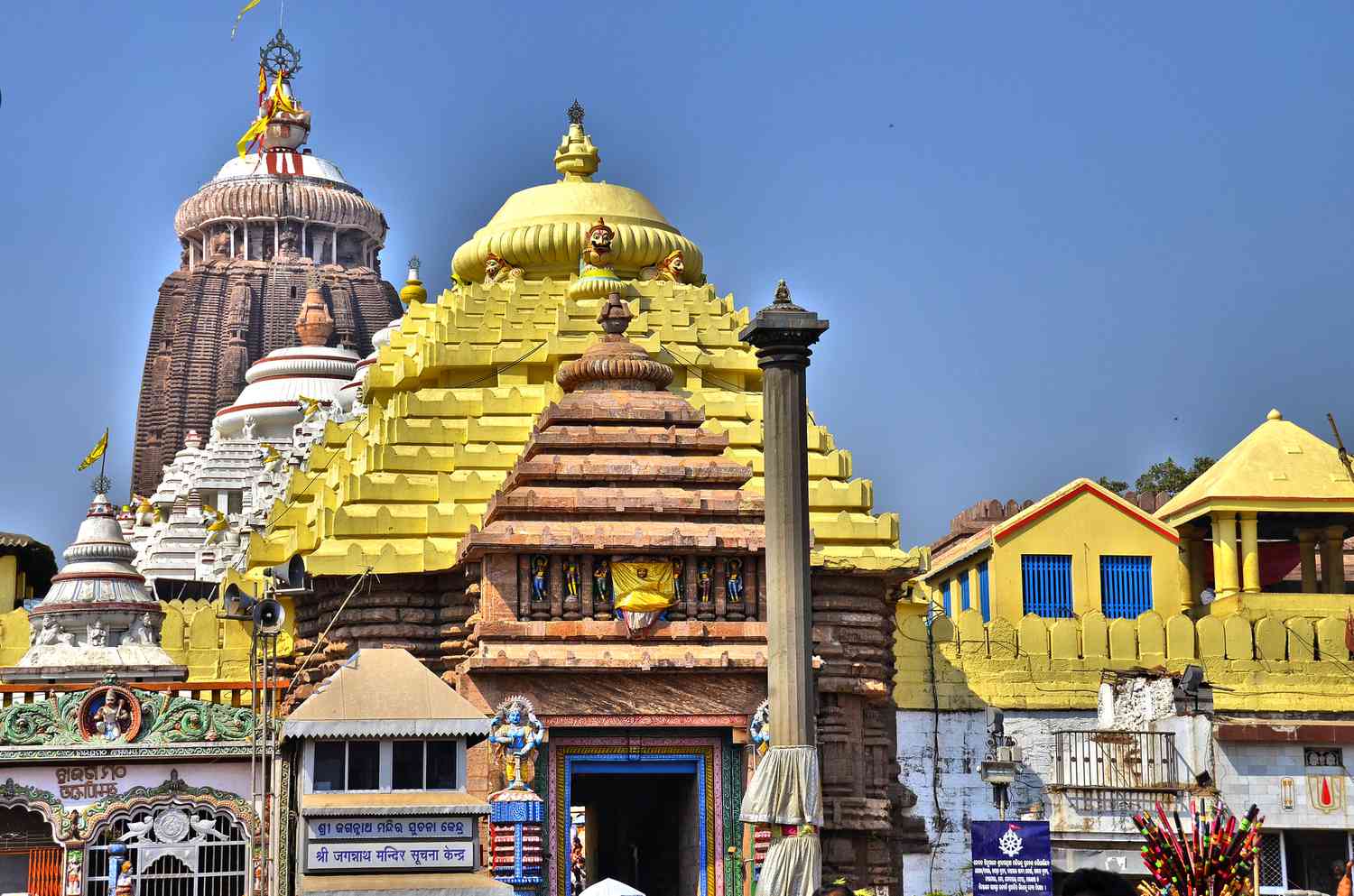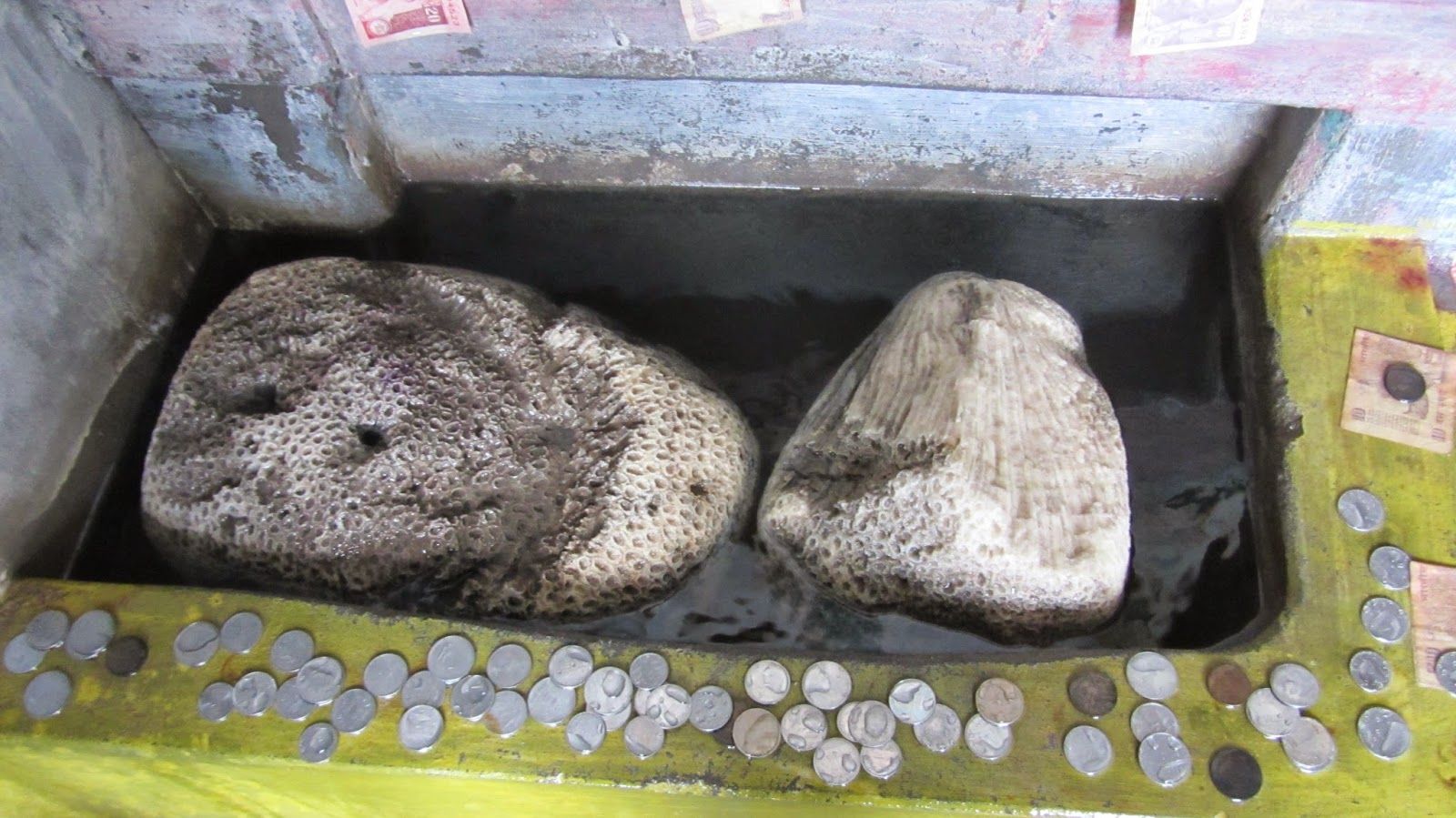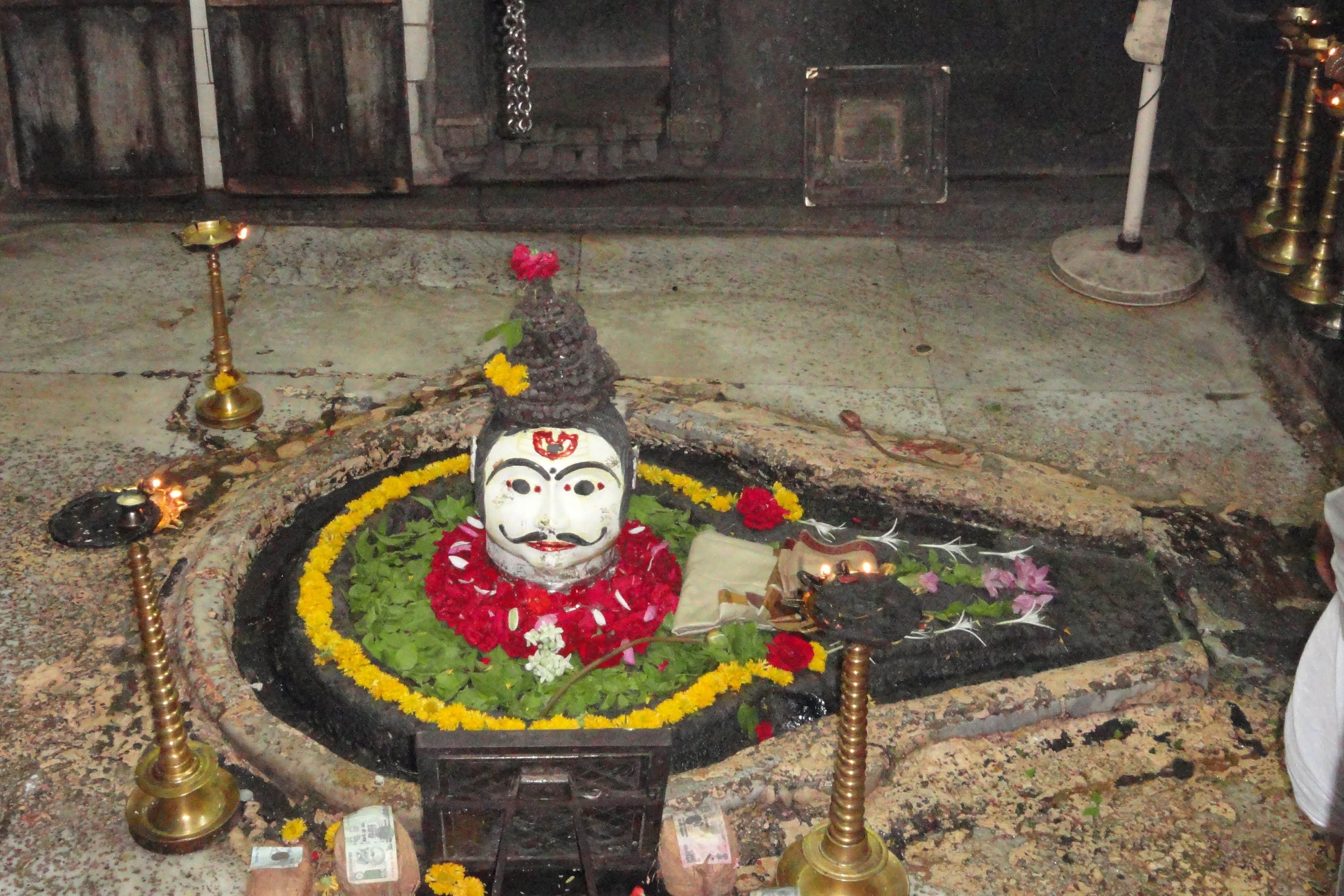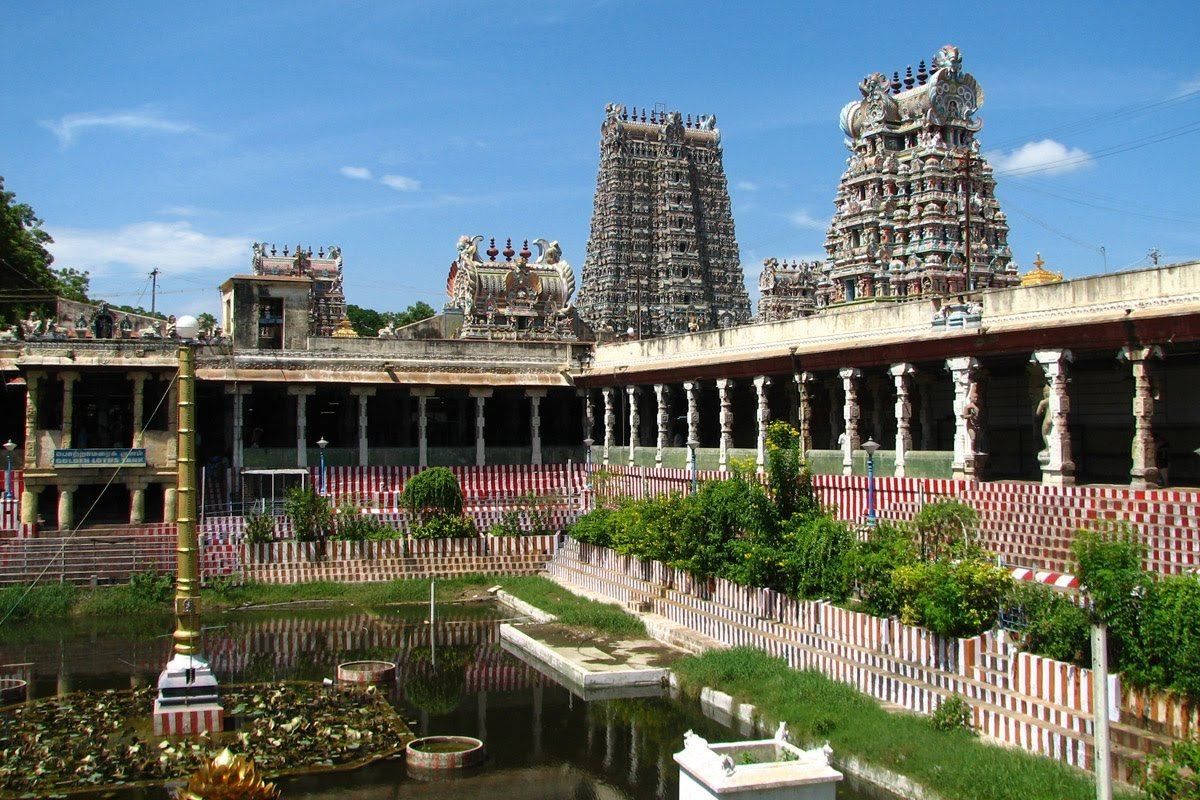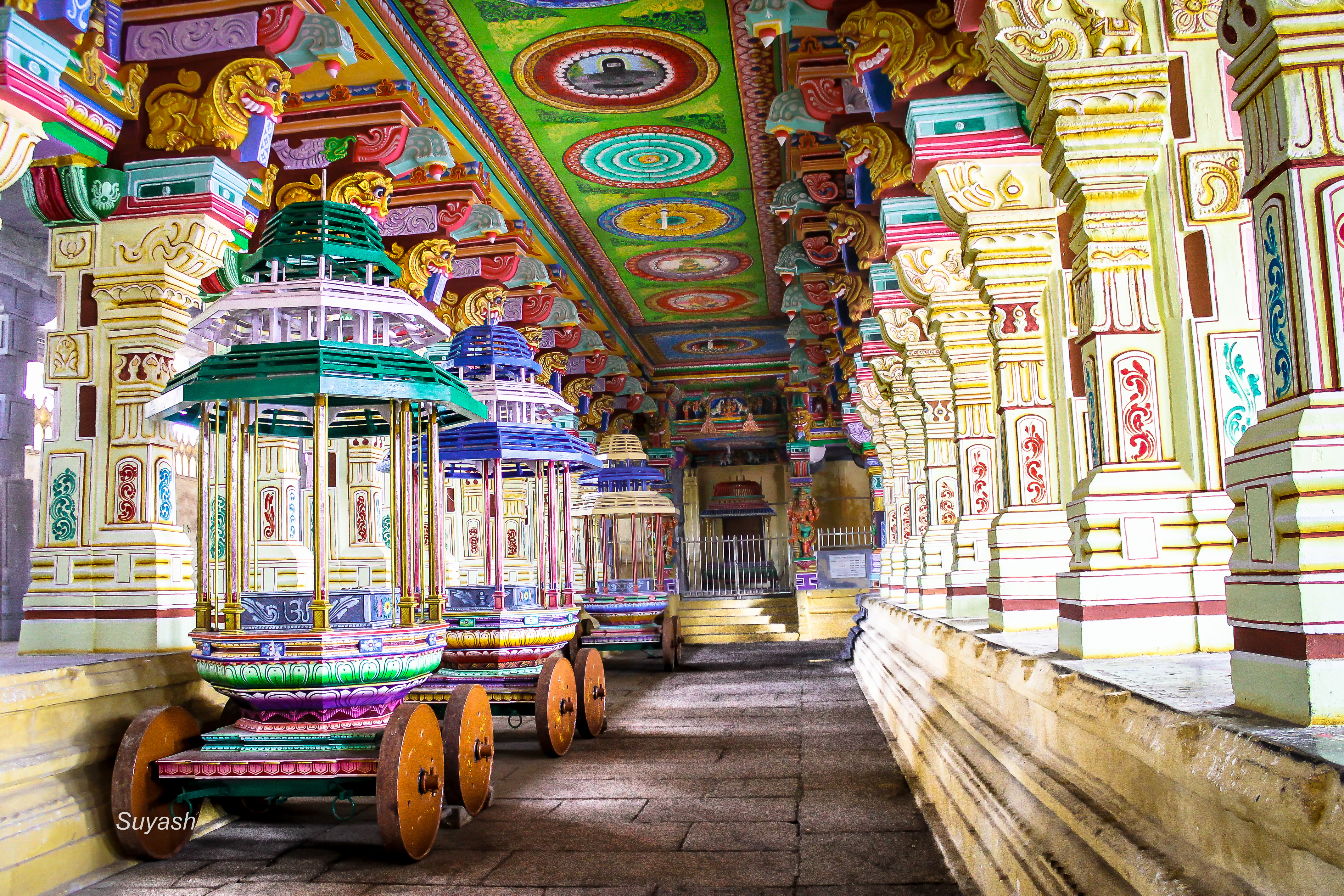


Ramanathaswamy Temple
You call
it Ramanathaswamy Temple or Rameshwaram Temple, they are the same. It is one of the Char Dhams that
all Indians wish to visit in their life time. The other three Dhams are -
Badrinath, in Uttarakand, Dwaraka Dheesh in Gujarat and Jagannath Puri in
Odisha.
It is also
one of the twelve Jyotirlinga temples. The temple was expanded during
the 12th century by the Pandya Dynasty and its main sanctum was renovated
by the Rulers of Jaffna Kingdom. The temple has the longest corridor among
all the temples in India. It was built by King Muthuramalinga Sethupathy. Mythological accounts depict
the presiding deity, the Lingam of Ramanathaswamy or Shiva, as having been established and
worshiped by Rama, before he crossed his bridge to the
present-day island of Sri Lanka.
According
to the Ramayana, Ram, the seventh avatar of the Shri Vishnu, prayed to
Shiva here to absolve any sins that he might have committed during his war
against Ravana in Lanka. According to the Puranas, upon the
advice of sages, Ram along with Sita and Lakshmana, installed and
worshipped the lingam an iconic symbol of Shiva here to get rid of the sin of
Brahmahatya incurred while killing Ravana, who was a Brahmin. To worship Shiva,
Rama directed Hanuman, who was avatar of Shiva himself, to bring the Shiv
lingam from Himalayas. Since it took longer to bring the lingam, Sita built a
lingam made of sand from the nearby seashore, which is also believed to be the
one in the sanctum of the temple. This account is well supported by the
original Ramayana authored by Valmiki where it is written in Yudha Kanda. According
to another version, as quoted in Adhyatma Ramayana, Rama installed
the lingam before the construction of the bridge to Lanka.
James Fergusson, an Scottish-born
architectural historian, who was an important figure in the 19th-century
rediscovery of ancient India found that The temple in its present form was built
during the 17th century, while the small Vimana in the west corridor
belongs to the 11th or 12th century.
The
temple is one of the most famous pilgrimage sites and has several historical
references about it. Ahilyabai Holker and other Maratha Kings who established rest
houses throughout Rameshwaram between 1745 and 1837 CE and donated
them to the temple.
The
primary deity of the temple is Ramanathaswamy or Shiva in the form of Lingam. There
are two lingams inside the sanctum - According to tradition, one built by Rama
from sand, residing as the main deity, called the Ramalingam, and the one
brought by Hanuman from Kailash, called the Vishvalingam. Ram is said
to have instructed that the Vishvalingam be worshipped first since it was
brought by Hanuman - the tradition continues even today. There
is also an idol of Nandi, which is a massive statue, about 17.5 feet tall.
Like
all ancient temples in South India, there is a high compound wall on all
four sides of the temple premises measuring about 865 feet from east to west
and 657 feet from north to south with huge towers or Gopurams to the east and
the west and finished gate towers to the north and south.
The
outer set of corridors is reputed to be the longest in the world, measuring
about 6.9 m in height, 400 feet each in the east and west and about 640 feet in
the north and the south. There are about 1212 pillars in the outer
corridor. Their height is about 30 feet. The main tower or rajagopuram is 53 m
tall. At the beginning, Ramanathaswamy Temple was a thatched shed. The
present structure was the work of many individuals spread over a number of
centuries.
There
are separate shrines for Ramanathaswamy and his consort goddess Parvathi
separated by a corridor. The samadhi of the great Yogi Patanjali is
said to be at this temple and there is a separate shrine for him here.
Temple Tanks
There
are sixty-four holy water bodies in and around the island of Rameshwaram, According
to Skanda Purana, twenty-four of them are important. Taking bath in
these water bodies is a major aspect of the pilgrimage to Rameswaram and is
considered equivalent to tapasya. Twenty-two of them are within the Temple. The
number 22 indicates the 22 arrows in Rama's quiver or Tarakash.
